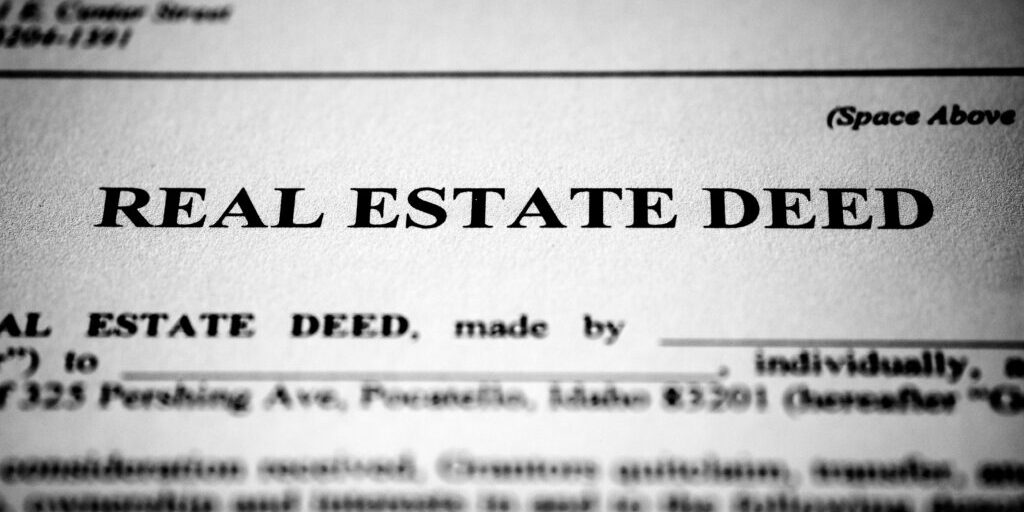Navigating the Waters of Property Conveyance

Navigating the Waters of Property Conveyance
Introduction
The process of property conveyance is a complex and multifaceted journey that involves the transfer of property from one party to another. Whether you are a seasoned real estate professional or a first-time homebuyer, understanding the intricacies of this process is crucial to ensure a smooth and legally sound transaction. In this comprehensive guide, we will delve into the key aspects of property conveyance, demystifying the terminology and providing valuable insights for a successful transfer of ownership.
Understanding Property Conveyance
Property conveyance, also known as property transfer or property settlement, refers to the legal process of transferring ownership of real estate from one entity to another. This can involve the sale, gift, or inheritance of property, and it typically requires a series of legal and administrative steps to ensure a valid and binding transfer.
The Importance of Legal Representation
One of the first and foremost considerations in property conveyance is securing competent legal representation. Real estate transactions involve a multitude of legal documents, contracts, and negotiations, and having an experienced real estate attorney can help navigate potential pitfalls, ensure compliance with local laws, and protect the interests of both the buyer and seller.
Preliminary Steps in Property Conveyance
Before the actual transfer takes place, there are several preliminary steps that must be undertaken. This includes conducting a thorough title search to verify ownership and uncover any existing encumbrances or liens on the property. Additionally, a comprehensive inspection of the property is often conducted to identify any issues that may affect the value or use of the property.
The Role of Contracts and Agreements
Once both parties are satisfied with the preliminary steps, a legally binding contract is drawn up. This document outlines the terms and conditions of the property transfer, including the purchase price, closing date, and any contingencies. Common contingencies may include satisfactory completion of inspections, securing financing, or resolving any outstanding issues discovered during the title search.
Closing the Deal
The closing, or settlement, is the final step in the property conveyance process. This is the meeting where all necessary documents are signed, funds are exchanged, and ownership is officially transferred from the seller to the buyer. It is crucial for all parties involved to be present and prepared to fulfill their respective obligations.
Post-Conveyance Considerations
Even after the property has officially changed hands, there are still important considerations to address. This may include updating public records, transferring utilities, and ensuring compliance with any local or state regulations regarding property ownership transfers.
Conclusion
In conclusion, property conveyance is a multifaceted process that requires careful consideration of legal, financial, and logistical factors. By understanding the key steps involved, seeking professional guidance, and being diligent throughout the process, both buyers and sellers can ensure a successful and legally sound transfer of property ownership. Whether it’s your first home or an investment property, a well-executed property conveyance sets the foundation for a prosperous real estate journey.
